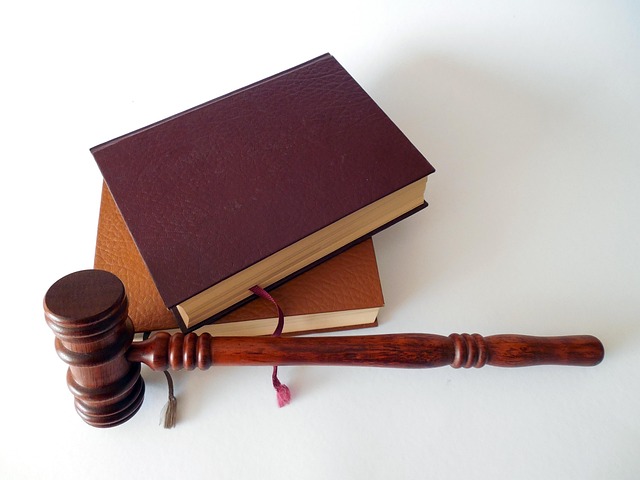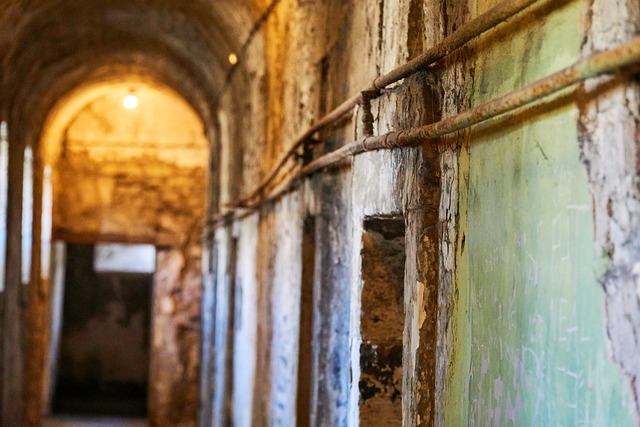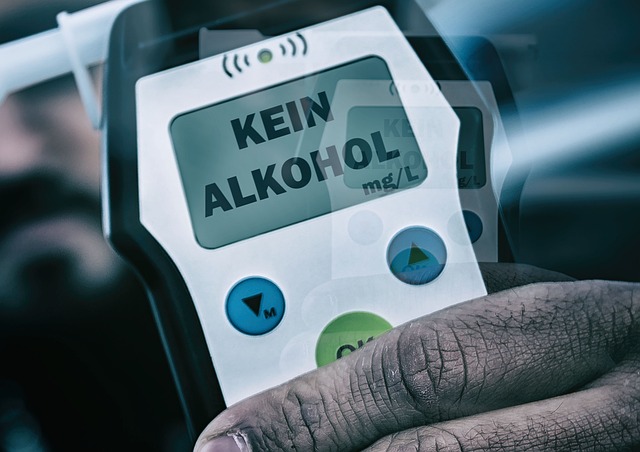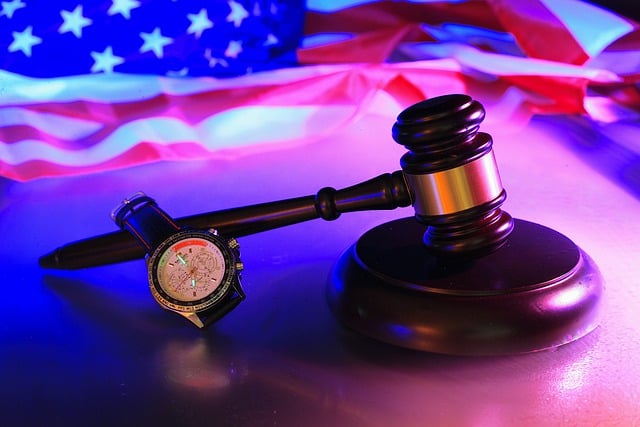Pedestrians in many cities face significant risks due to inadequate infrastructure and lack of safety considerations, emphasizing the need for streets designed around their well-being. Understanding pedestrians' rights, including using sidewalks and crosswalks without fear, is crucial. Property Damage Liability in DUI cases goes beyond financial compensation, deterring impaired driving and holding drivers accountable, thereby enhancing pedestrian safety. Communities can foster a culture of safe streets by raising awareness about these rights, revolutionizing urban mobility for all.
In recent years, ensuring safe streets for pedestrians has become a paramount concern. This comprehensive guide delves into the intricate aspects of pedestrians’ rights and the importance of understanding legal protections. We explore how issues like drunk driving (DUI) impact pedestrian safety, specifically focusing on property damage liability. By examining these factors, we aim to empower individuals with knowledge, fostering a culture of responsible driving and enhancing overall street safety.
- Understanding Pedestrians' Rights: A Comprehensive Guide to Safe Streets
- Property Damage Liability in DUIs: Implications for Pedestrian Safety and Justice
Understanding Pedestrians' Rights: A Comprehensive Guide to Safe Streets

In many cities, pedestrians face significant risks while navigating urban spaces, often due to inadequate infrastructure and a lack of consideration for their safety. Understanding pedestrians’ rights is crucial in ensuring that streets are designed and maintained to prioritize their well-being. This comprehensive guide aims to empower folks by shedding light on their legal protections and the responsibilities of local authorities.
Pedestrians have the right to use sidewalks, crosswalks, and public ways without fear of harm. When accidents occur, property damage liability in DUIs (and other incidents) plays a significant role. In the event of an injury, victims may seek compensation for medical bills, pain and suffering, and any loss of quality of life due to negligence or violation of their rights. By raising awareness about these rights, communities can foster a culture where safe streets are a shared priority, ultimately revolutionizing urban mobility and ensuring that everyone, from folks walking to work to children playing in parks, can do so with peace of mind.
Property Damage Liability in DUIs: Implications for Pedestrian Safety and Justice

In cases involving Property Damage Liability in DUIs, the implications for pedestrian safety and justice are profound. When a driver under the influence causes an accident that leads to property damage or injury to pedestrians, the legal consequences must address both the immediate harm and long-term effects. This includes not only financial compensation for victims but also measures to ensure accountability and deter future incidents.
The presence of Property Damage Liability in DUI cases plays a critical role in maintaining safe streets. It encourages drivers to exercise caution and adhere to traffic laws, knowing that negligence can result in significant legal and financial repercussions. For pedestrians, this means increased protection and a stronger sense of justice, as the liability aspect discourages impaired driving, thereby reducing the risk of devastating accidents.
In ensuring safe streets, understanding pedestrians’ rights and addressing property damage liability in DUI cases are paramount. By comprehending these aspects, communities can foster a culture of accountability, where drivers exercise caution and individuals have the right to move about without fear of harm. This two-pronged approach is vital to creating a more secure environment for everyone, especially vulnerable pedestrians, ultimately enhancing overall public safety.






